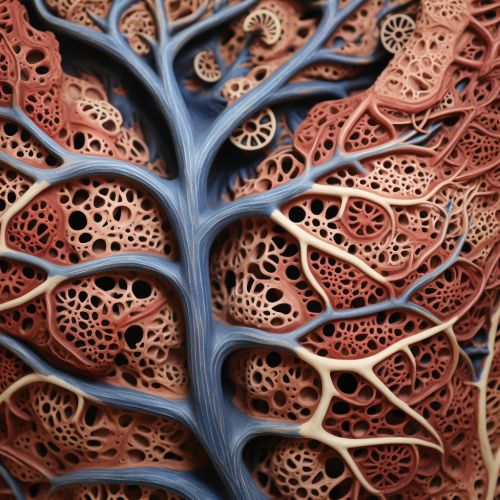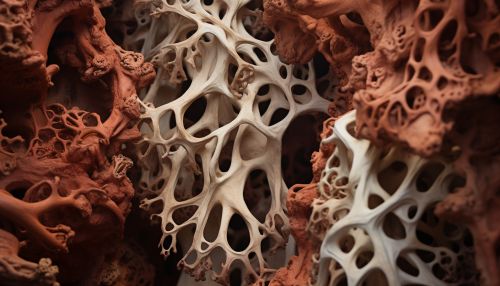Animal respiration
Introduction
Animal respiration is a critical biological process in which organisms exchange gases with their environment. This process involves the intake of oxygen (O2) and the release of carbon dioxide (CO2), a by-product of cellular metabolism. The process of respiration in animals is complex and varies greatly among different species, ranging from simple diffusion in unicellular organisms to specialized respiratory systems in larger, more complex animals.
Types of Respiration
There are two main types of respiration in animals: aerobic and anaerobic respiration.
Aerobic Respiration
Aerobic respiration is the process by which cells use oxygen to produce energy from food. The products of aerobic respiration are carbon dioxide and water. This type of respiration is common in most animals, including humans, and is more efficient than anaerobic respiration.
Anaerobic Respiration
Anaerobic respiration is the process by which cells produce energy from food without using oxygen. This process produces lactic acid, which can cause muscle fatigue. Anaerobic respiration is common in bacteria and yeast, and also occurs in the muscle cells of animals during intense exercise when oxygen supply is limited.
Respiratory Systems
Different animals have developed various types of respiratory systems to facilitate the exchange of gases.
Respiratory System in Mammals
In mammals, including humans, the respiratory system consists of the nose, mouth, pharynx, larynx, trachea, bronchi, bronchioles, and lungs. The lungs are the primary organs of respiration where the exchange of gases takes place.
Respiratory System in Birds
Birds have a unique respiratory system that includes air sacs, which allow for a continuous flow of air through the lungs, even during exhalation. This system provides birds with a high metabolic rate needed for flight.
Respiratory System in Fish
Fish respire through gills, which are specialized organs for extracting oxygen from water. The gills are highly vascularized, allowing for efficient gas exchange.
Respiratory System in Insects
Insects respire through a network of tubes called tracheae, which deliver oxygen directly to the tissues. This system allows for efficient gas exchange even at a small size.
Respiration at Cellular Level
At the cellular level, respiration involves a series of biochemical reactions that take place in the mitochondria. These reactions, collectively known as the Krebs cycle, produce ATP, the primary energy currency of the cell.
Regulation of Respiration
The rate and depth of respiration are regulated by the respiratory center in the brainstem. This center responds to changes in the levels of oxygen and carbon dioxide in the blood, as well as to other factors such as exercise, stress, and sleep.
Conclusion
Understanding the process of animal respiration is crucial for many fields of science, including biology, medicine, and environmental science. It helps us understand how animals survive and adapt to their environment, and it provides insights into human health and disease.
See Also


